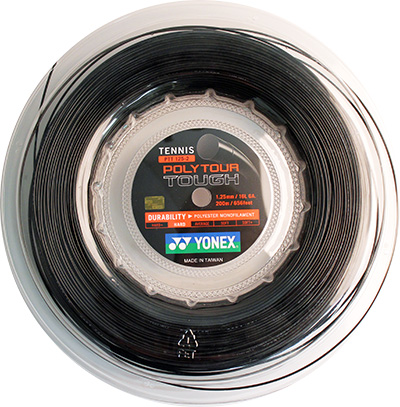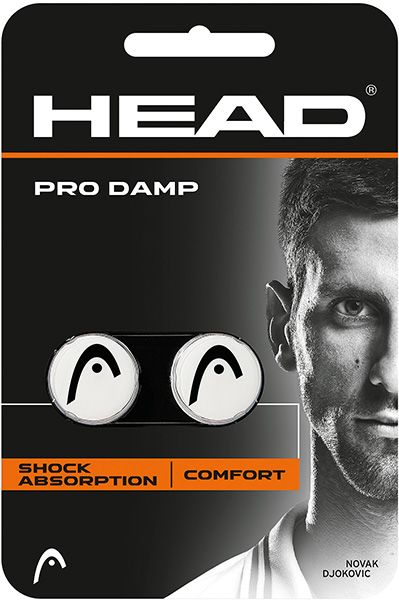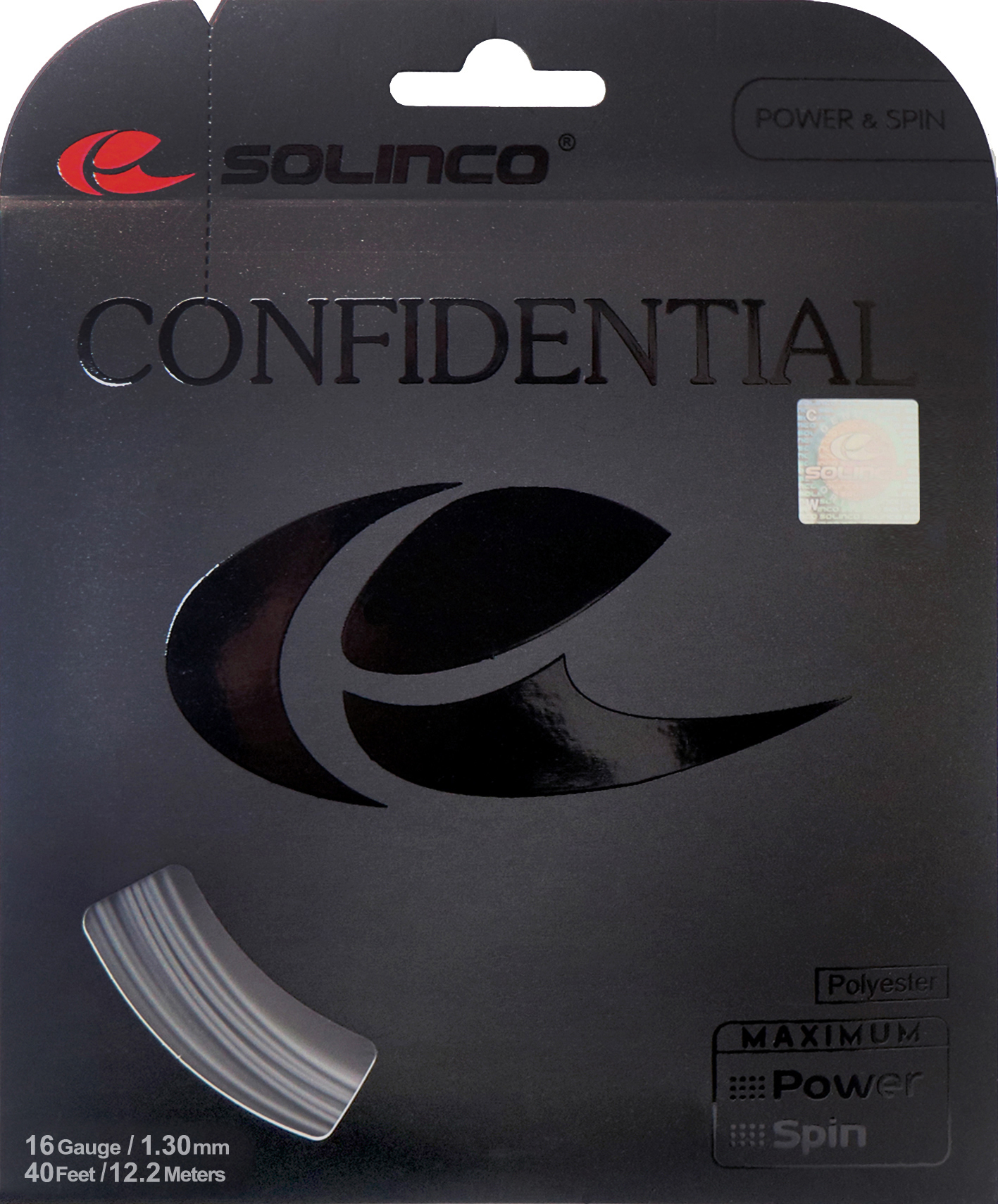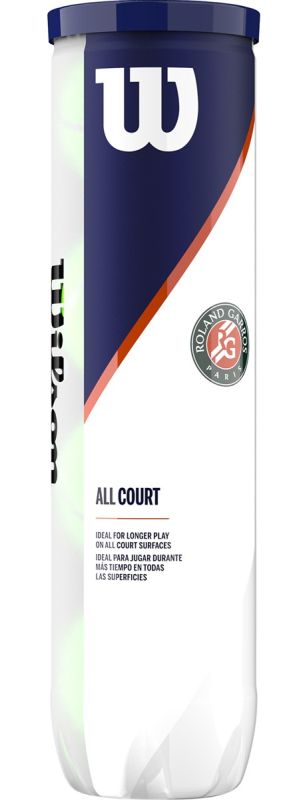129,90 €
Save 8%Each offer available in the Tennis Zone is an original product, coming directly from manufacturers or trusted distributors.

129,90 €
Save 8%
129,90 €
Introducing the durable, dynamic, and superior Yonex Poly Tour Tough Tennis String, perfect for high-power players who frequently break strings. This tennis string provides unparalleled tension maintenance and resilience, assuring your play remains uncompromised, no matter how intense the situation gets.
The Yonex Poly Tour Tough String is meticulously crafted from monofilament polyester, a highly durable material known for enduring rigorous gameplay. Whether you are a beginner testing your power limit or a seasoned pro with aggressive strokes, this monofilament polyester string ensures a high survival rate on the court.
The Yonex Poly Tour Tough tennis string shines brightly with unique characteristics such as excellent dynamics and impressive tension maintenance. These properties assure that your performance remains consistently high, and your strings remarkably resilient even through intense and high-paced games.
With a total length of 200 meters, this string is ideal for regular players. This generous length provides ample string for multiple restrings, ensuring you're always ready for your next match.

| Article number: | ST15606.1 |
|---|---|
| Material: | polyester |
| Properties: | dynamic maintenance of tension strength |
| String length (m): | 200 |
| String profile: | soft |
| Structure: | monofilament |
Introducing the durable, dynamic, and superior Yonex Poly Tour Tough Tennis String, perfect for high-power players who frequently break strings. This tennis string provides unparalleled tension maintenance and resilience, assuring your play remains uncompromised, no matter how intense the situation gets.
The Yonex Poly Tour Tough String is meticulously crafted from monofilament polyester, a highly durable material known for enduring rigorous gameplay. Whether you are a beginner testing your power limit or a seasoned pro with aggressive strokes, this monofilament polyester string ensures a high survival rate on the court.
The Yonex Poly Tour Tough tennis string shines brightly with unique characteristics such as excellent dynamics and impressive tension maintenance. These properties assure that your performance remains consistently high, and your strings remarkably resilient even through intense and high-paced games.
With a total length of 200 meters, this string is ideal for regular players. This generous length provides ample string for multiple restrings, ensuring you're always ready for your next match.

| Article number: | ST15606.1 |
|---|---|
| Material: | polyester |
| Properties: | dynamic maintenance of tension strength |
| String length (m): | 200 |
| String profile: | soft |
| Structure: | monofilament |
Each offer available in the Tennis Zone is an original product, coming directly from manufacturers or trusted distributors.
Sign up for the free newsletter and do not miss any promotions and news, as well as individual offers from our store.
Functional cookies are absolutely necessary for the functionality of the web shop. These cookies assign a unique random ID to your browser so that your unhindered shopping experience can be guaranteed over several page views.
Marketing cookies are used to display advertisements on the website in a targeted and individualized manner across multiple page views and browser sessions.
Tracking cookies help the shop operator to collect and evaluate information about the behaviour of users on their website.
These cookies are used to collect and process information about the use of the website by users, in order to subsequently personalise advertising and/or content in other contexts.
Service cookies are used to provide the user with additional offers (e.g. live chats) on the website. Information obtained via these service cookies may also be processed for site analysis.




